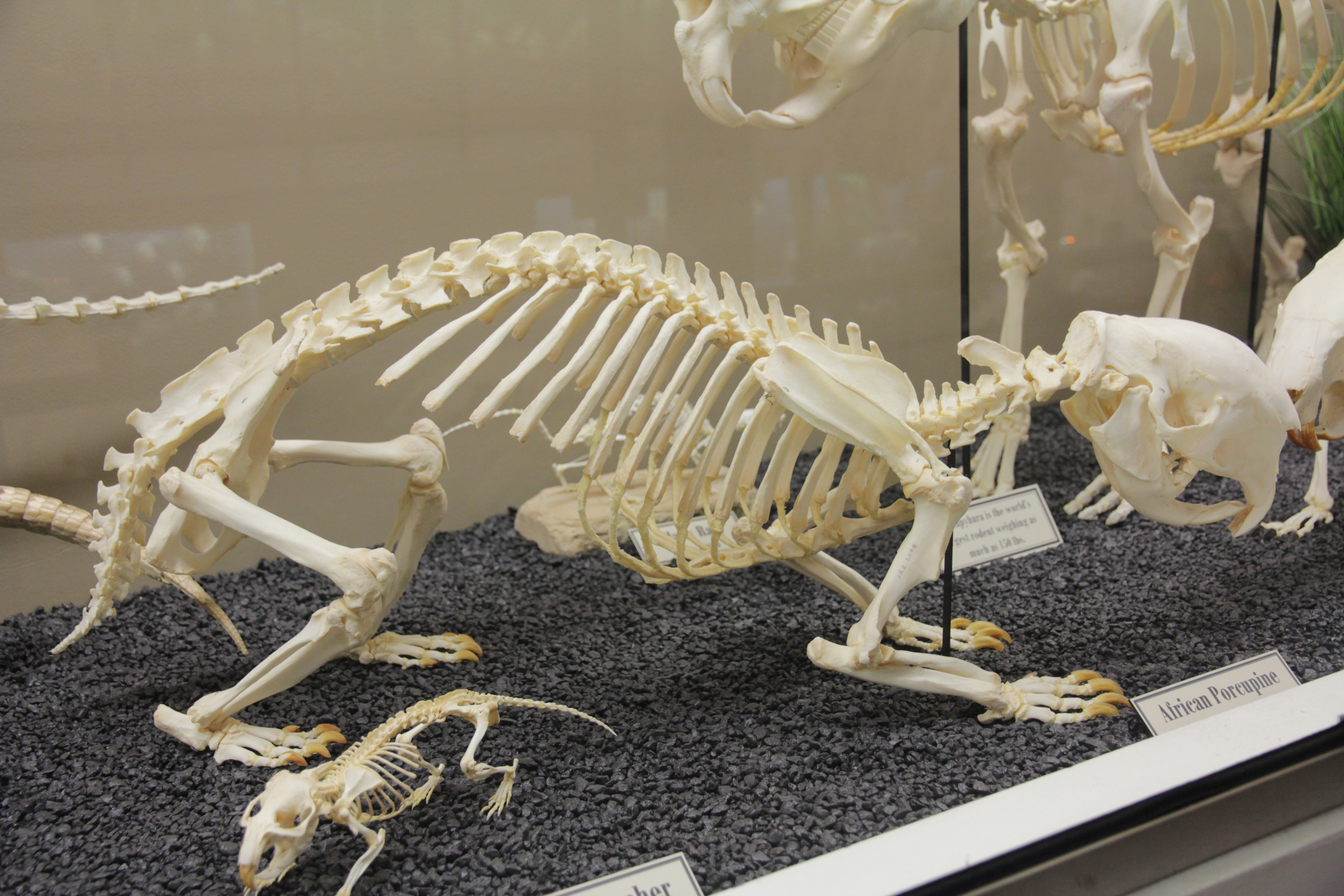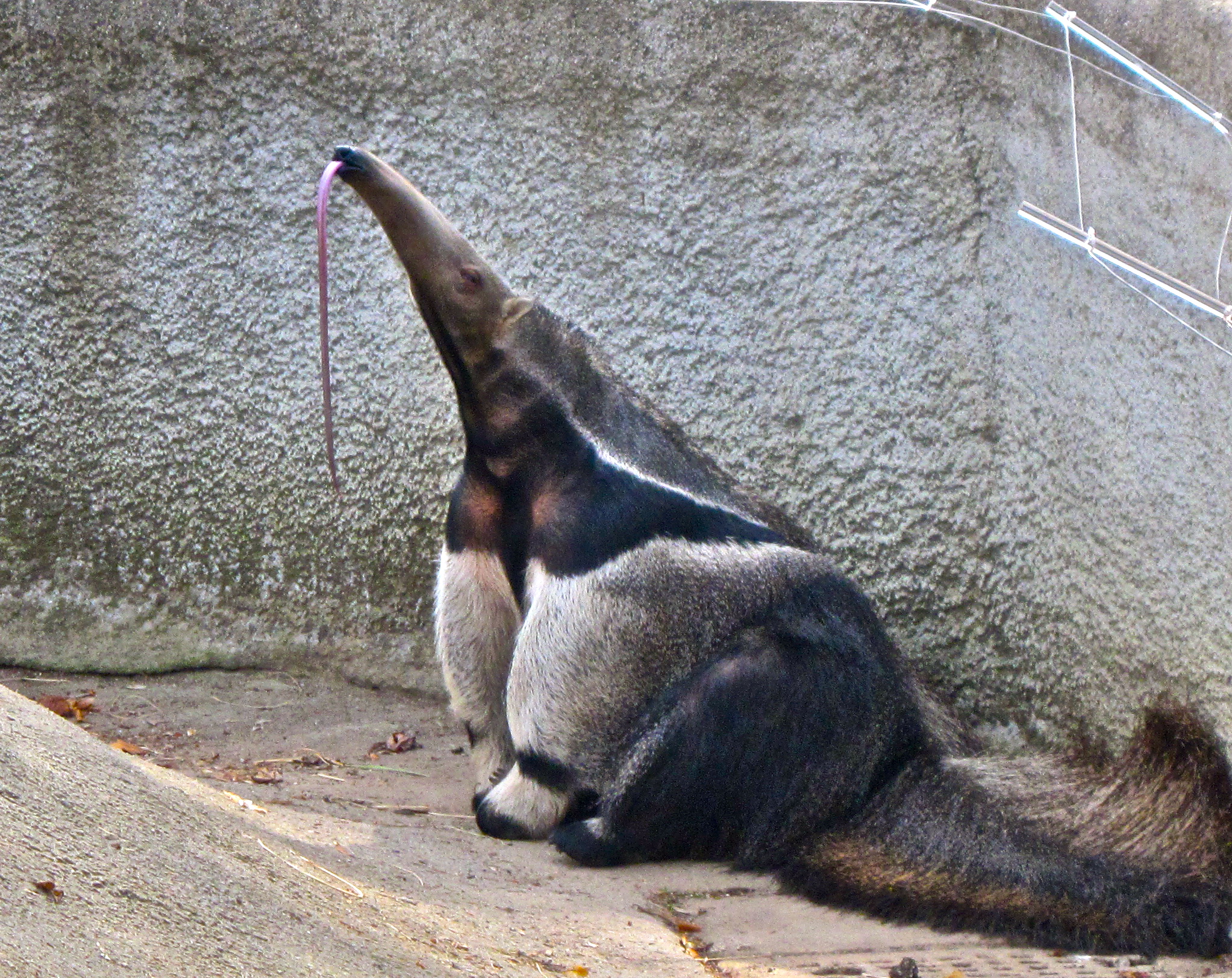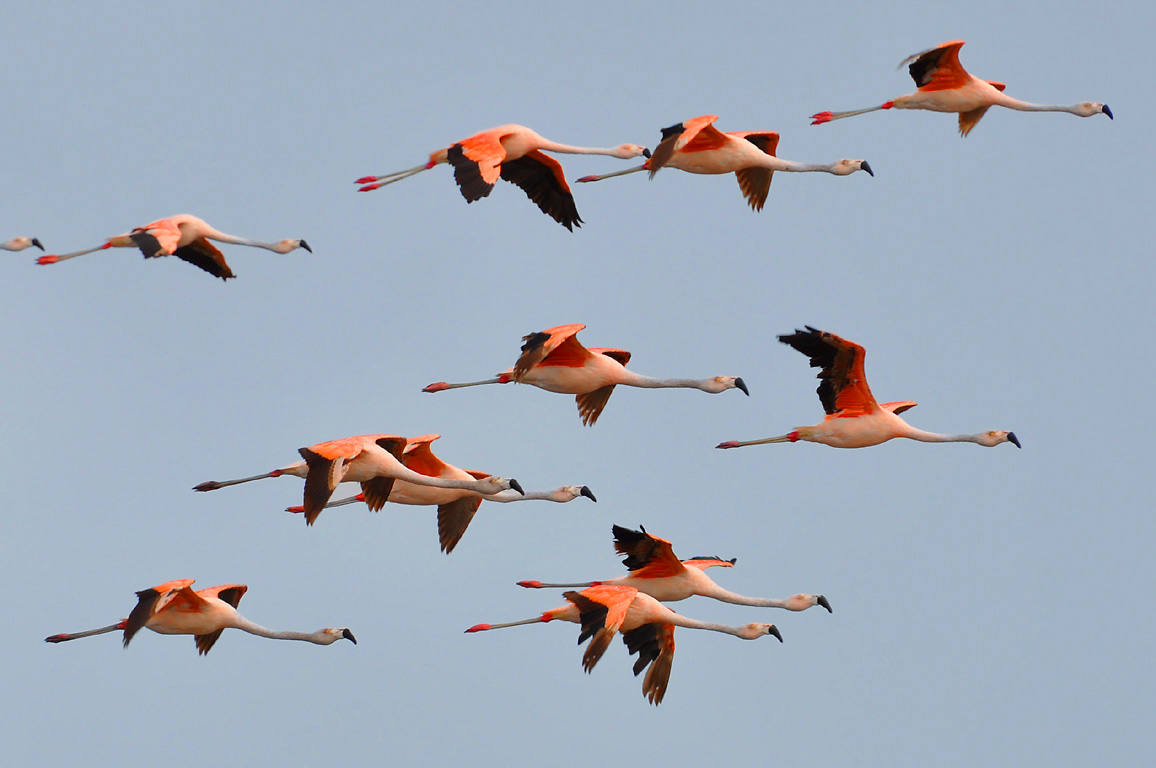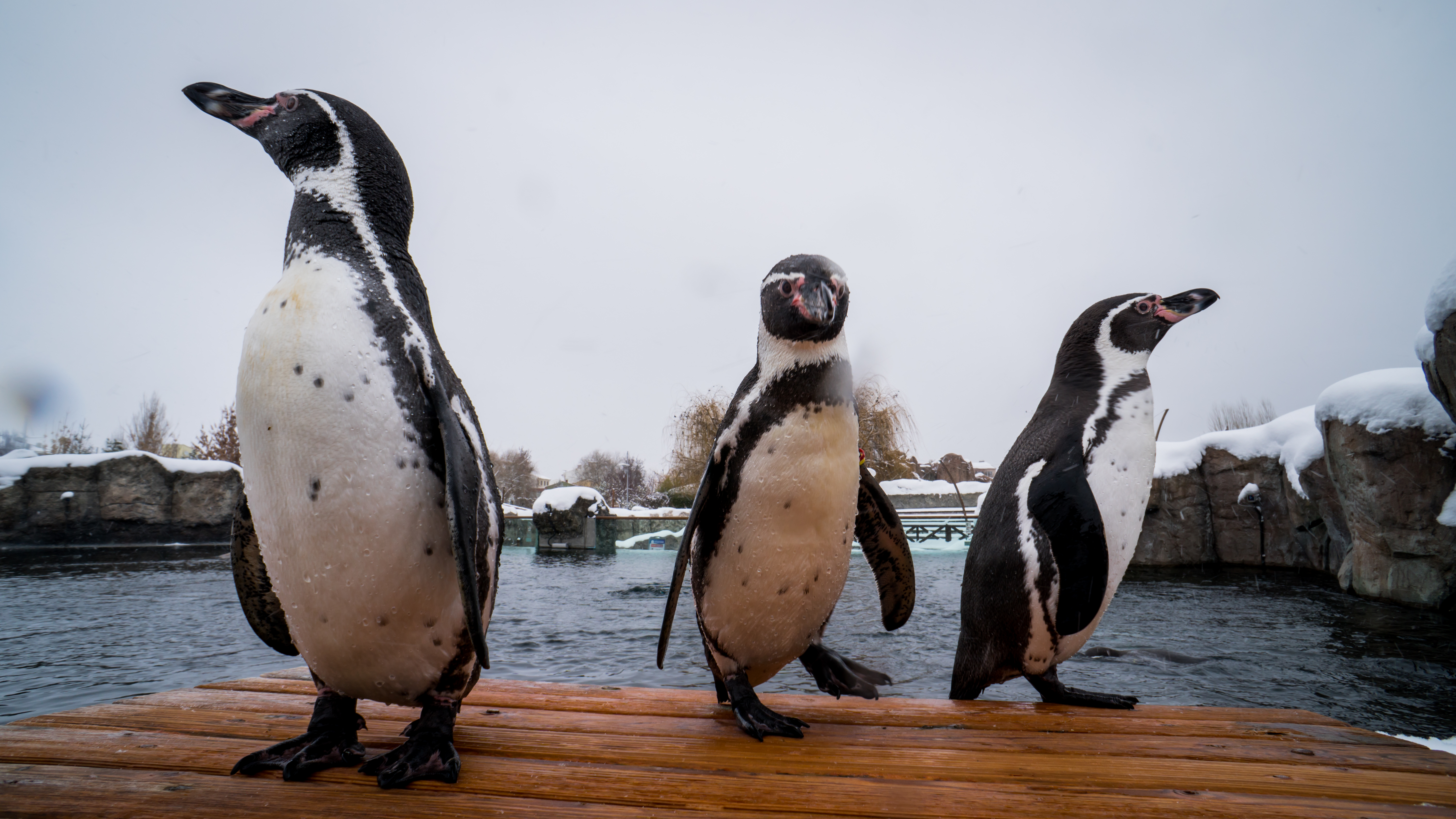|
Drusillas Park
Drusillas Park is a small zoo near to Alfriston, in East Sussex, UK. Its exhibits are targeted towards children between 2 and 10 years old. It attracts between 350,000 and 370,000 visitors per year and until December 2021 was home to the first Hello Kitty-themed attraction in Europe. The zoo cares for both wild and domestic animals, including ring-tailed lemurs, meerkats, camels, giant anteaters and penguins. There are many hands-on activities, an adventure play area separated for different age groups 0-9 years of age in one and 10 and up in a different area, an indoor soft play centre, and the Safari Express train ride that runs daily. There are also cafes, shops, and restaurants. History The enterprise began in 1922 (or 1925) as "Drusilla's Tea Cottage", operated by Douglas Ann and his first wife Drusilla. Animals were included later. It was closed between April and November 1954 due to a fire. In 1959, management passed to Ann's sons. It is now owned by Laurence and C ... [...More Info...] [...Related Items...] OR: [Wikipedia] [Google] [Baidu] |
Alfriston
Alfriston is a village and civil parish in the East Sussex district of Wealden, England. The village lies in the valley of the River Cuckmere, about four miles (6 km) north-east of Seaford and south of the main A27 trunk road and part of the large area of Polegate. The parish had a population of 829 at the 2011 census. History There is strong evidence of ancient occupation of the area, since several Neolithic long barrows have been discovered on the surrounding Downs; among them, to the west is the fairly well preserved Long Burgh. The place-name 'Alfriston' is first attested in the Domesday Book of 1086, where it appears as ''Alvricestone''. It appears as ''Alfrichestuna'' in a French document circa 1150. The name means 'Ælfric's town or settlement'. One building of historical importance is the Star Inn. Originally a religious hostel built in 1345 and used to accommodate monks and pilgrims en route from Battle Abbey to the shrine of St Richard, patron saint of S ... [...More Info...] [...Related Items...] OR: [Wikipedia] [Google] [Baidu] |
Crested Porcupine
The crested porcupine (''Hystrix cristata''), also known as the African crested porcupine, is a species of rodent in the family Hystricidae native to Italy, North Africa and sub-Saharan Africa. Characteristics The adult crested porcupine has an average head and body length around long, discounting the tail, and weighs from . It is one of the largest rodents in the world. Almost the entire body is covered with bristles which are either dark brown or black and rather coarse. This mammal is recognizable by the quills that run along the head, nape, and back that can be raised into a crest, hence the name crested porcupine. Also, some sturdier quills which are about in length run along the sides and back half of the body. These sturdier quills are used, for the most part, for defense and are usually marked with light and dark bands which alternate; these are not firmly attached. This porcupine has a short tail which has rattle quills at the end. The rattle quills broaden at t ... [...More Info...] [...Related Items...] OR: [Wikipedia] [Google] [Baidu] |
Animatronic
Animatronics refers to mechatronic puppets. They are a modern variant of the automaton and are often used for the portrayal of characters in films and in theme park attractions. It is a multidisciplinary field integrating puppetry, anatomy and mechatronics. Animatronic figures can be implemented with both computer and human control, including teleoperation. Motion actuators are often used to imitate muscle movements and create realistic motions. Figures are usually encased in body shells and flexible skins made of hard and soft plastic materials and finished with colors, hair, feathers and other components to make them more lifelike. Animatronics stem from a long tradition of mechanical automata powered by hydraulics, pneumatics and clockwork. Greek mythology and ancient Chinese writings mention early examples of automata. The oldest extant automaton is dated to the 16th century. Before the term "animatronics" became common, they were usually referred to as "robots". Since t ... [...More Info...] [...Related Items...] OR: [Wikipedia] [Google] [Baidu] |
Aviary
An aviary is a large enclosure for confining birds, although bats may also be considered for display. Unlike birdcages, aviaries allow birds a larger living space where they can fly; hence, aviaries are also sometimes known as flight cages. Aviaries often contain plants and shrubbery to simulate a natural environment. Various types of aviary Large aviaries are often found in the setting of a zoological garden (for example, the London Zoo, the National Zoo in Washington, D.C., and the San Diego Zoo). Walk-in aviaries also exist in bird parks, including the spacious Jurong BirdPark in Singapore, or the smaller Edward Youde Aviary in Hong Kong. Pittsburgh is home to the USA's National Aviary, perhaps the most prominent example in North America of an aviary not set inside a zoo. However, the oldest public aviary not set inside a zoo in North America, the Hamilton Aviary is located in Hamilton, Ontario, Canada. Tracy Aviary is an example of a bird park within a public urban park ... [...More Info...] [...Related Items...] OR: [Wikipedia] [Google] [Baidu] |
Lorikeet
Loriini is a tribe of small to medium-sized arboreal parrots characterized by their specialized brush-tipped tongues for feeding on nectar of various blossoms and soft fruits, preferably berries. The species form a monophyletic group within the parrot family Psittaculidae. The group consists of the lories and lorikeets. Traditionally, they were considered a separate subfamily (Loriinae) from the other subfamily (Psittacinae) based on the specialized characteristics, but recent molecular and morphological studies show that the group is positioned in the middle of various other groups. They are widely distributed throughout the Australasian region, including south-eastern Asia, Polynesia, Papua New Guinea, Timor Leste and Australia, and the majority have very brightly coloured plumage. Etymology The word "lory" comes from the Malay ''lūri'', a name used for a number of species of colourful parrots. The name was used by the Dutch writer Johan Nieuhof in 1682 in a book describing hi ... [...More Info...] [...Related Items...] OR: [Wikipedia] [Google] [Baidu] |
Giant Anteater
The giant anteater (''Myrmecophaga tridactyla'') is an insectivorous mammal native to Central and South America. It is one of four living species of anteaters, of which it is the largest member. The only extant member of the genus ''Myrmecophaga'', it is classified with sloths in the order Pilosa. This species is mostly terrestrial, in contrast to other living anteaters and sloths, which are arboreal or semiarboreal. The giant anteater is in length, with weights of for males and for females. It is recognizable by its elongated snout, bushy tail, long fore claws, and distinctively colored pelage. The giant anteater is found in multiple habitats, including grassland and rainforest. It forages in open areas and rests in more forested habitats. It feeds primarily on ants and termites, using its fore claws to dig them up and its long, sticky tongue to collect them. Though giant anteaters live in overlapping home ranges, they are mostly solitary except during mother-offspring rel ... [...More Info...] [...Related Items...] OR: [Wikipedia] [Google] [Baidu] |
Bactrian Camel
The Bactrian camel (''Camelus bactrianus''), also known as the Mongolian camel or domestic Bactrian camel, is a large even-toed ungulate native to the steppes of Central Asia. It has two humps on its back, in contrast to the single-humped dromedary. Its population of 2 million exists mainly in the domesticated form. Their name comes from the ancient historical region of Bactria. Domesticated Bactrian camels have served as pack animals in inner Asia since ancient times. With its tolerance for cold, drought, and high altitudes, it enabled the travel of caravans on the Silk Road. Bactrian camels, whether domesticated or feral, are a separate species from the wild Bactrian camel, which is the only truly wild (as opposed to feral) species of camelid in the Old World. Taxonomy The Bactrian camel shares the genus ''Camelus'' with the dromedary (''C. dromedarius'') and the wild Bactrian camel (''C. ferus''). The Bactrian camel belongs to the family Camelidae. Th ... [...More Info...] [...Related Items...] OR: [Wikipedia] [Google] [Baidu] |
Rock Hyrax
The rock hyrax (; ''Procavia capensis''), also called dassie, Cape hyrax, rock rabbit, and (in the King James Bible) coney, is a medium-sized terrestrial mammal native to Africa and the Middle East. Commonly referred to in South Africa as the dassie (; af, klipdassie), it is one of the five living species of the order Hyracoidea, and the only one in the genus ''Procavia''. Rock hyraxes weigh and have short ears and tails. Rock hyraxes are found at elevations up to above sea level in habitats with rock crevices, allowing them to escape from predators. They are the only extant terrestrial afrotherians in the Middle East. Hyraxes typically live in groups of 10–80 animals, and forage as a group. They have been reported to use sentries to warn of the approach of predators. Having incomplete thermoregulation, they are most active in the morning and evening, although their activity pattern varies substantially with season and climate. Over most of its range, the rock hyrax is not ... [...More Info...] [...Related Items...] OR: [Wikipedia] [Google] [Baidu] |
Fennec Fox
The fennec fox (''Vulpes zerda'') is a small crepuscular fox native to the deserts of North Africa, ranging from Western Sahara to the Sinai Peninsula. Its most distinctive feature is its unusually large ears, which serve to dissipate heat and listen for underground prey. The fennec is the smallest species of fox. Its coat, ears, and kidney functions have adapted to the desert environment with high temperatures and little water. It mainly eats insects, small mammals, and birds. The fennec has a life span of up to 14 years in captivity and about 10 years in the wild. Its main predators are the Verreaux's eagle-owl, jackals, and other large mammals. Fennec families dig out burrows in the sand for habitation and protection, which can be as large as and adjoin the burrows of other families. Precise population figures are not known but are estimated from the frequency of sightings; these indicate that the fennec is currently not threatened by extinction. Knowledge of social interact ... [...More Info...] [...Related Items...] OR: [Wikipedia] [Google] [Baidu] |
Chilean Flamingo
The Chilean flamingo (''Phoenicopterus chilensis'') is a species of large flamingo at closely related to the American flamingo and the greater flamingo, with which it was sometimes considered conspecific. The species is listed as near threatened by the IUCN. It breeds in South America from Ecuador and Peru to Chile and Argentina and east to Brazil; it has been introduced into the Netherlands. Like all flamingos, it lays a single chalky-white egg on a mud mound. These flamingos are mainly restricted to salt lagoons and soda lakes but these areas are vulnerable to habitat loss and water pollution. Description The plumage is pinker than the slightly larger greater flamingo, but less so than the Caribbean flamingo. It can be differentiated from these species by its grayish legs with pink joints ( tibiotarsal articulation), and also by the larger amount of black on the bill (more than half). Young chicks may have no sign of pink coloring whatsoever, but instead remain gray or p ... [...More Info...] [...Related Items...] OR: [Wikipedia] [Google] [Baidu] |
Binturong
The binturong (''Arctictis binturong'') (, ), also known as the bearcat, is a viverrid native to South and Southeast Asia. It is uncommon in much of its range, and has been assessed as Vulnerable on the IUCN Red List because of a declining population trend that is estimated at more than 30% since the mid-1980s. The binturong is the only living species in the genus ''Arctictis''. Etymology The name ''Arctictis'' means 'bear-weasel', from Greek '' arkt-'' 'bear' + '' iktis'' 'weasel'. In Riau, Indonesia it is called 'benturong' and 'tenturun'. Its common name in Borneo is "binturong", which is related to the Western Malayo-Polynesian root "ma-tuRun". Taxonomy ''Viverra binturong'' was the scientific name proposed by Thomas Stamford Raffles in 1822 for a specimen from Malacca. The generic name ''Arctictis'' was proposed by Coenraad Jacob Temminck in 1824. ''Arctictis'' is a monotypic taxon; its morphology is similar to that of members of the genera ''Paradoxurus'' and ''Paguma'' ... [...More Info...] [...Related Items...] OR: [Wikipedia] [Google] [Baidu] |
Humboldt Penguin
The Humboldt penguin (''Spheniscus humboldti'') is a medium-sized penguin. It resides in South America, its range mainly contains most of coastal Peru. Its nearest relatives are the African penguin, the Magellanic penguin and the Galápagos penguin. The Humboldt penguin and the cold water current it swims in both are named after the explorer Alexander von Humboldt. The species is listed as vulnerable by the IUCN with no population recovery plan in place. The current population is composed of 32,000 mature individuals and is going down. It is a migrant species. Humboldt penguins nest on islands and rocky coasts, burrowing holes in guano and sometimes using scrapes or caves. In South America the Humboldt penguin is found only along the Pacific coast, and the range of the Humboldt penguin overlaps that of the Magellanic penguin on the central Chilean coast. It is vagrant in Ecuador and Colombia. The Humboldt penguin has been known to live in mixed species colonies with the Magell ... [...More Info...] [...Related Items...] OR: [Wikipedia] [Google] [Baidu] |




_-captive-8a-4c.jpg)






